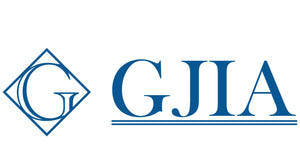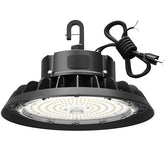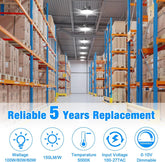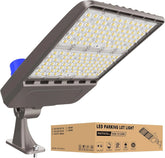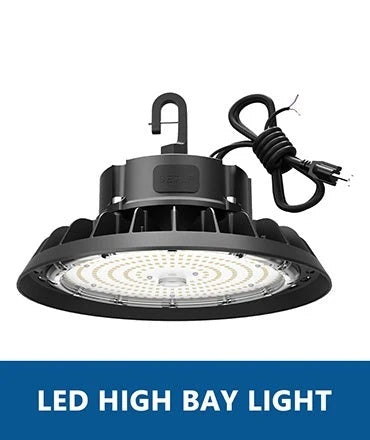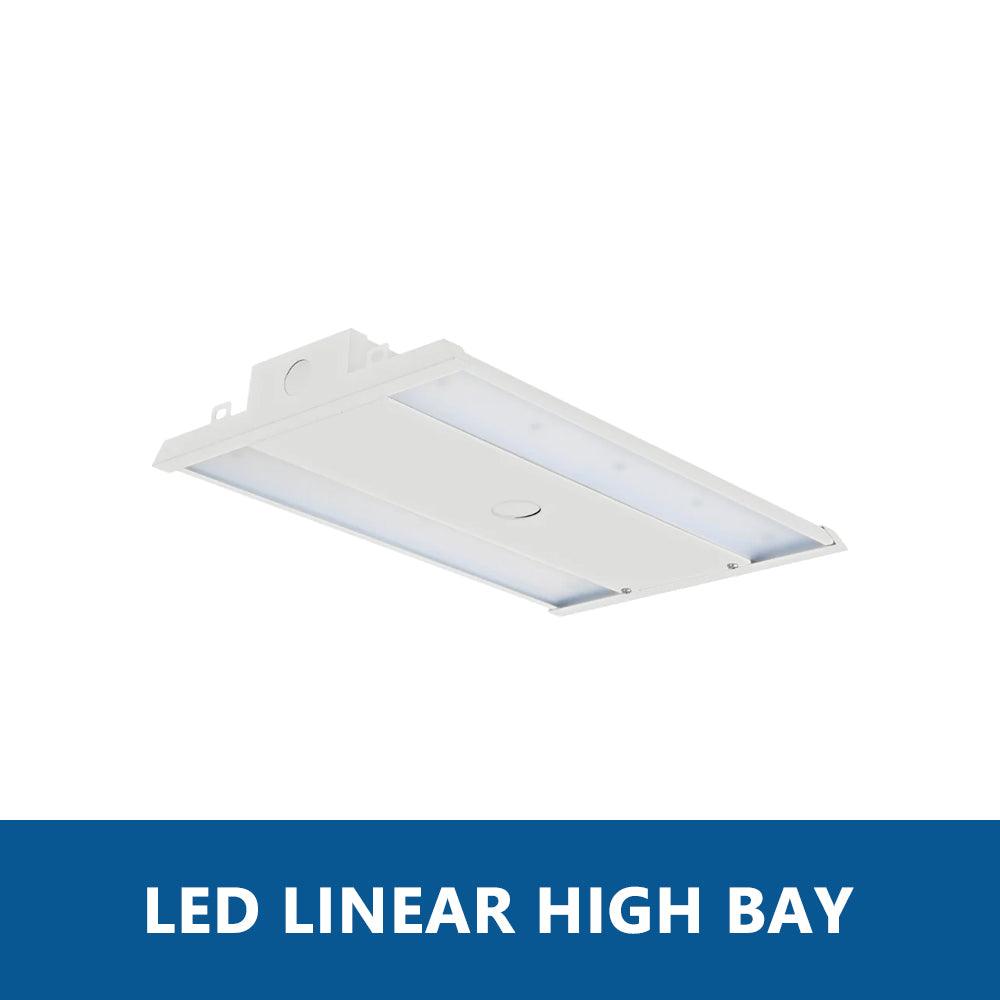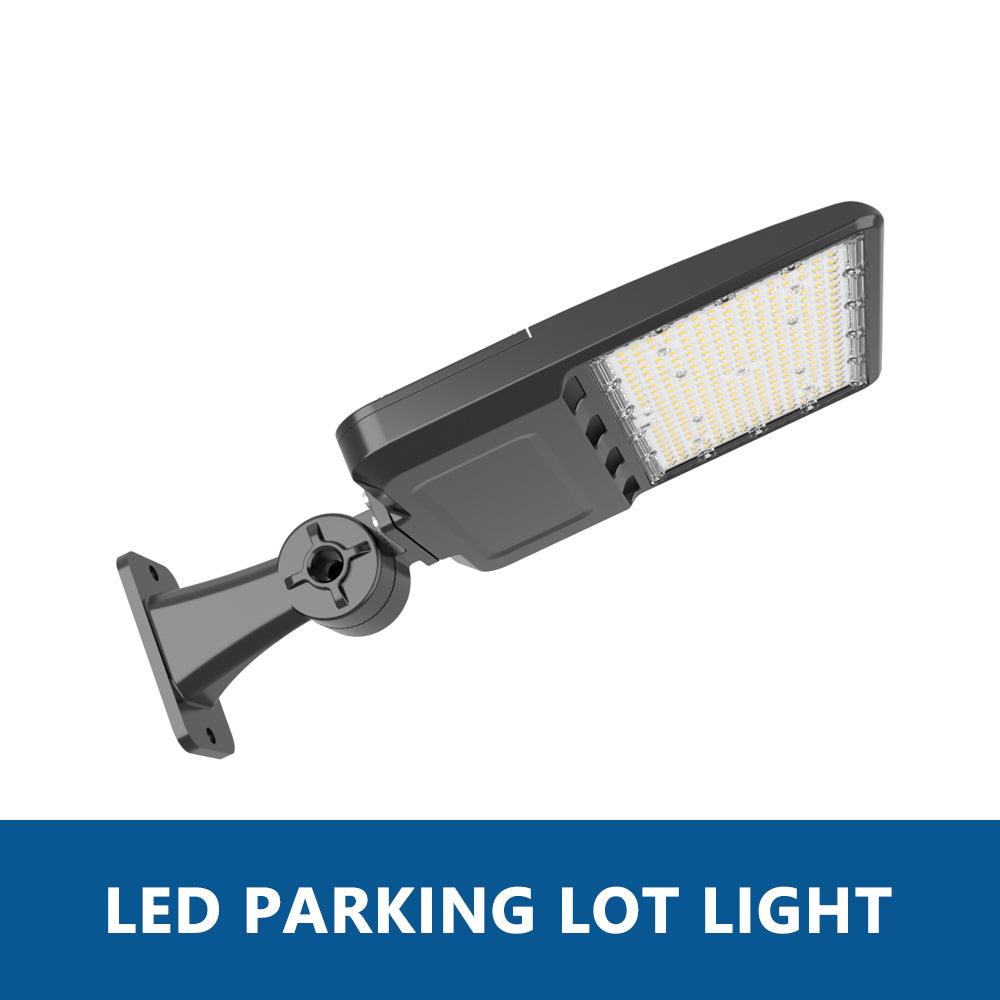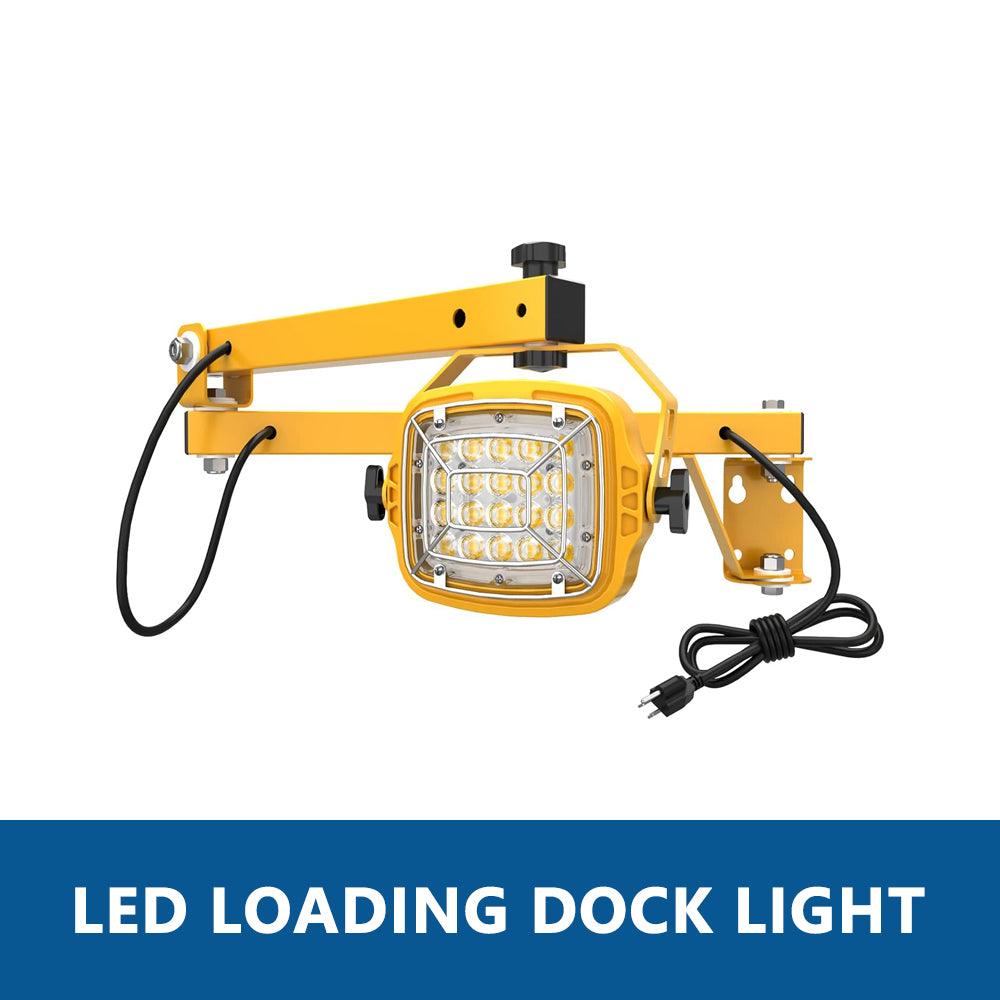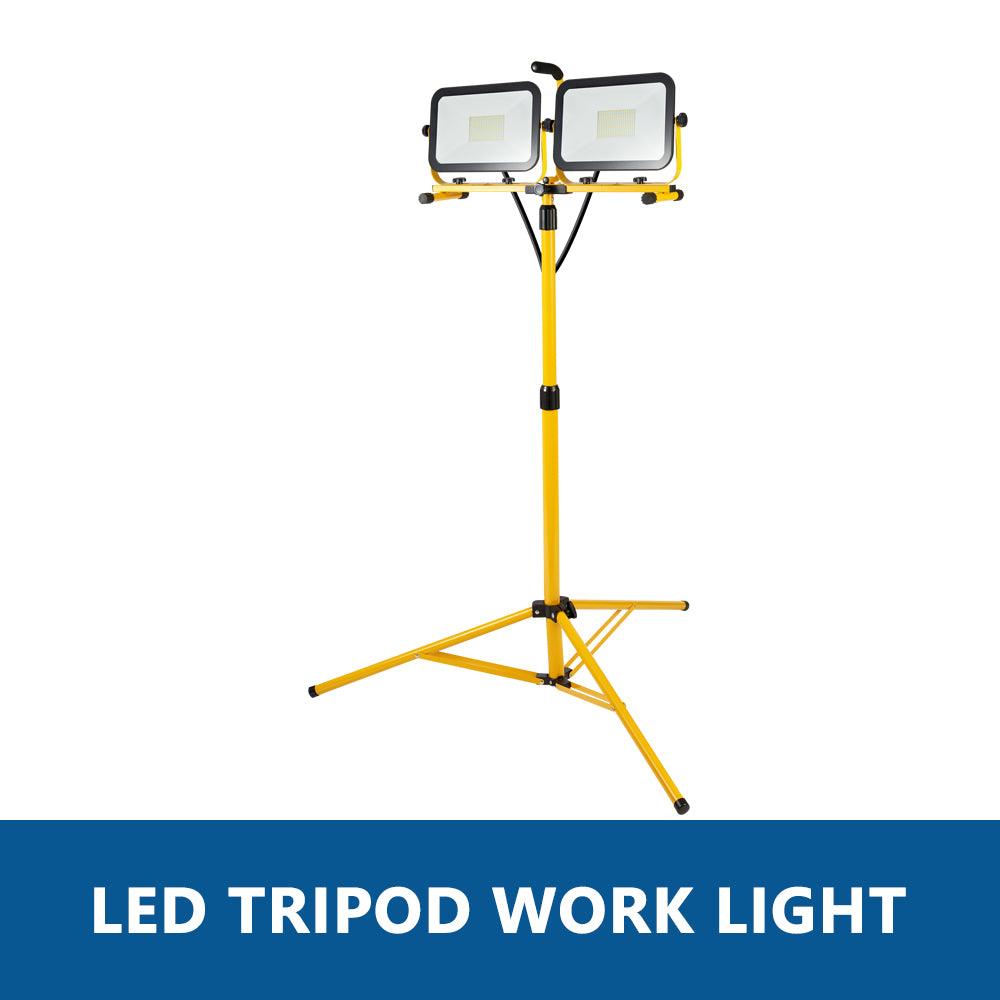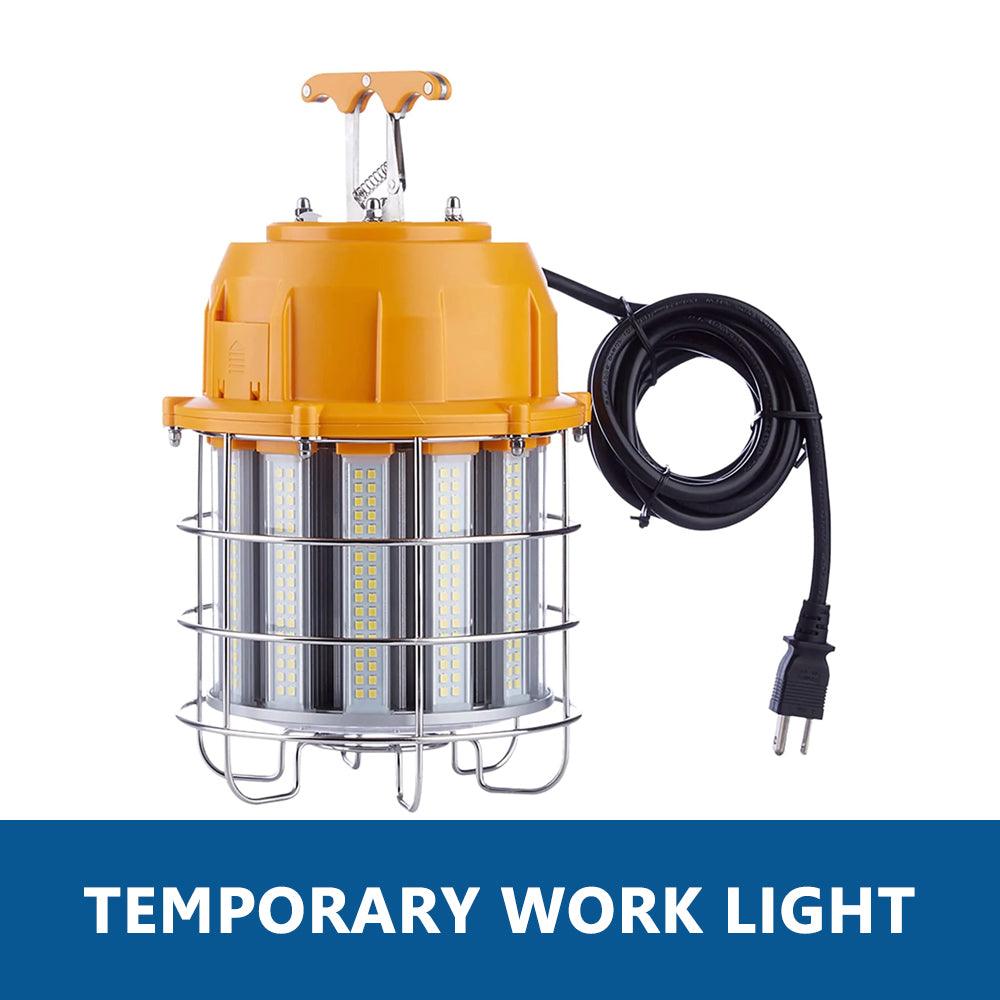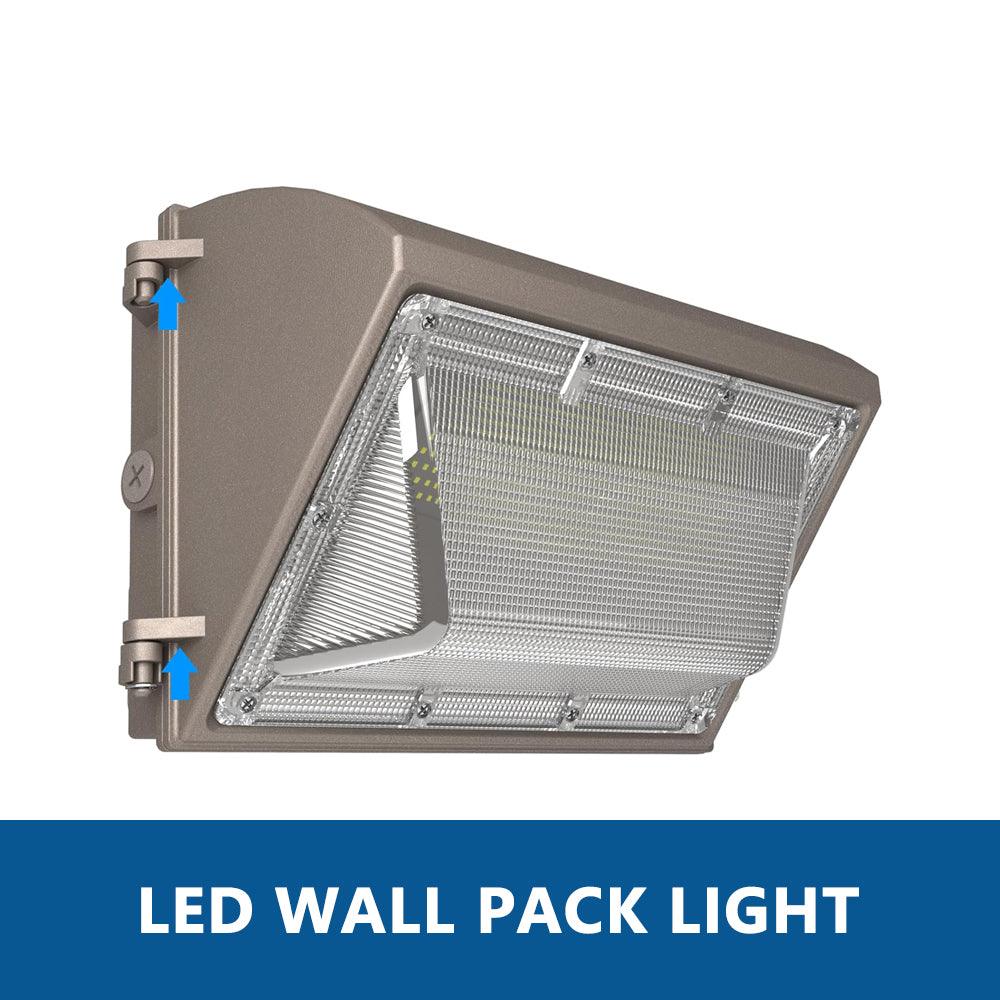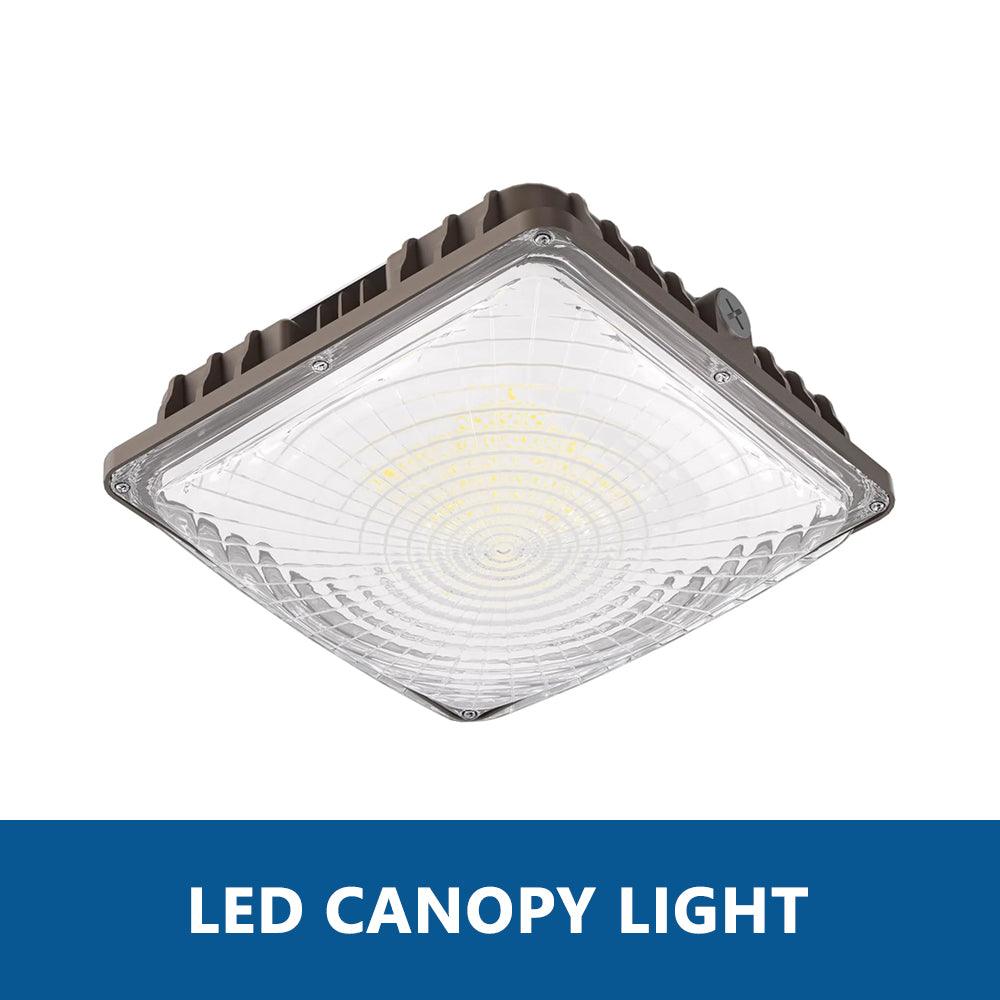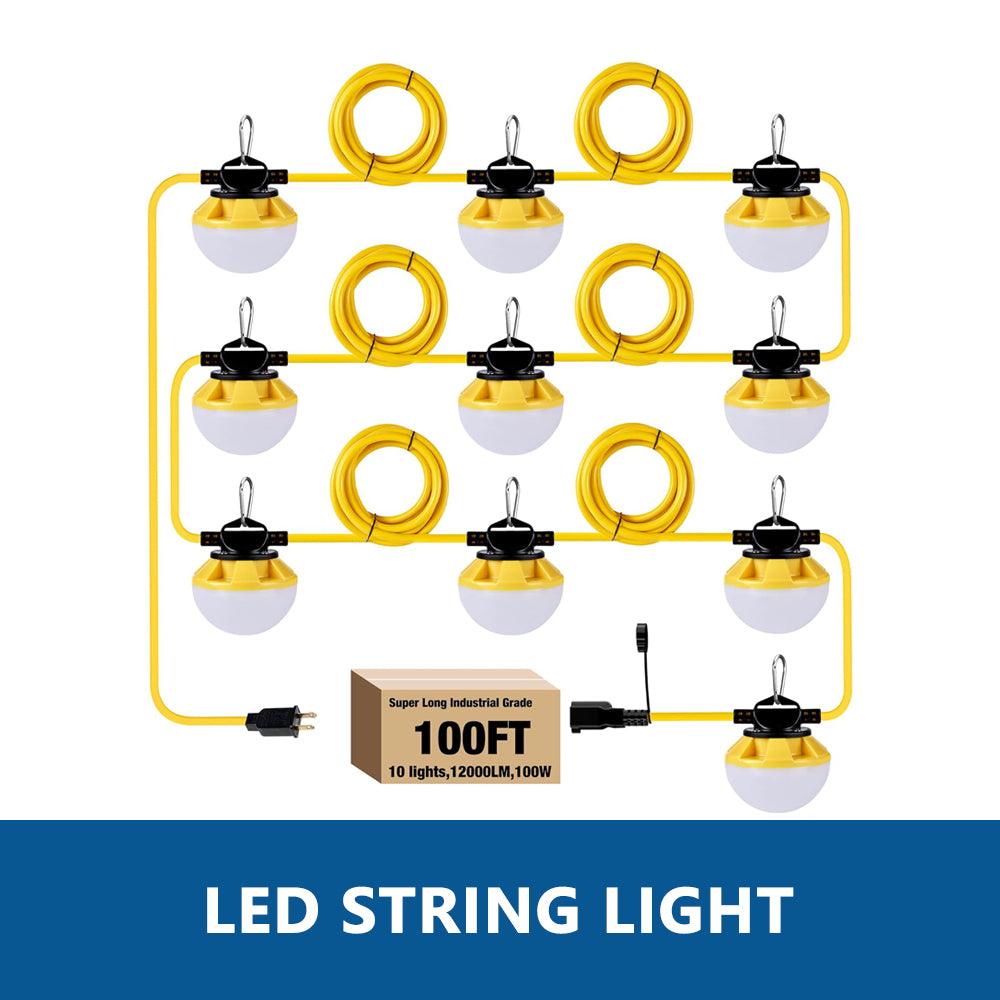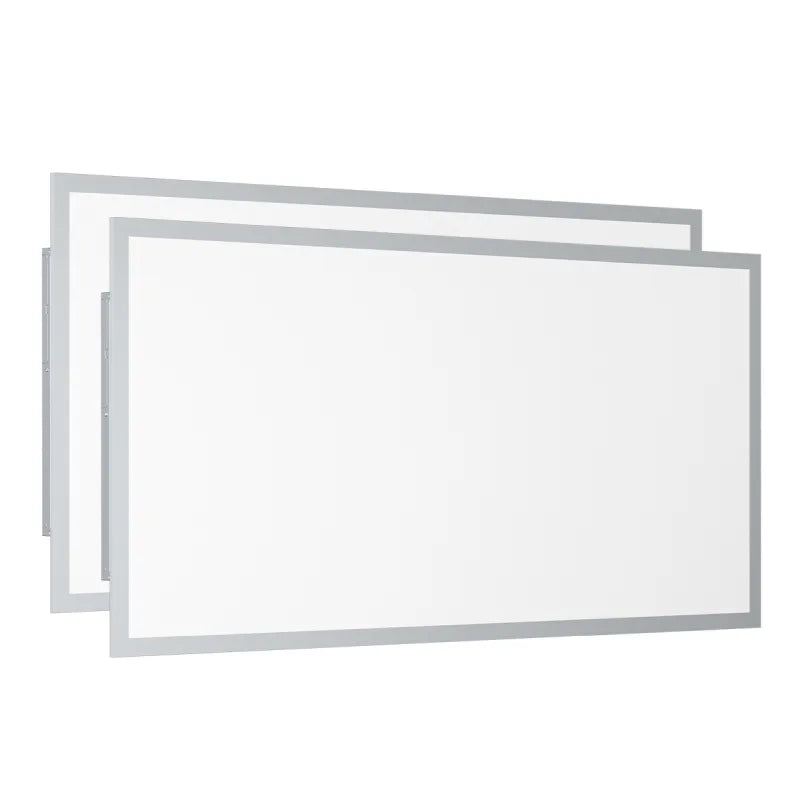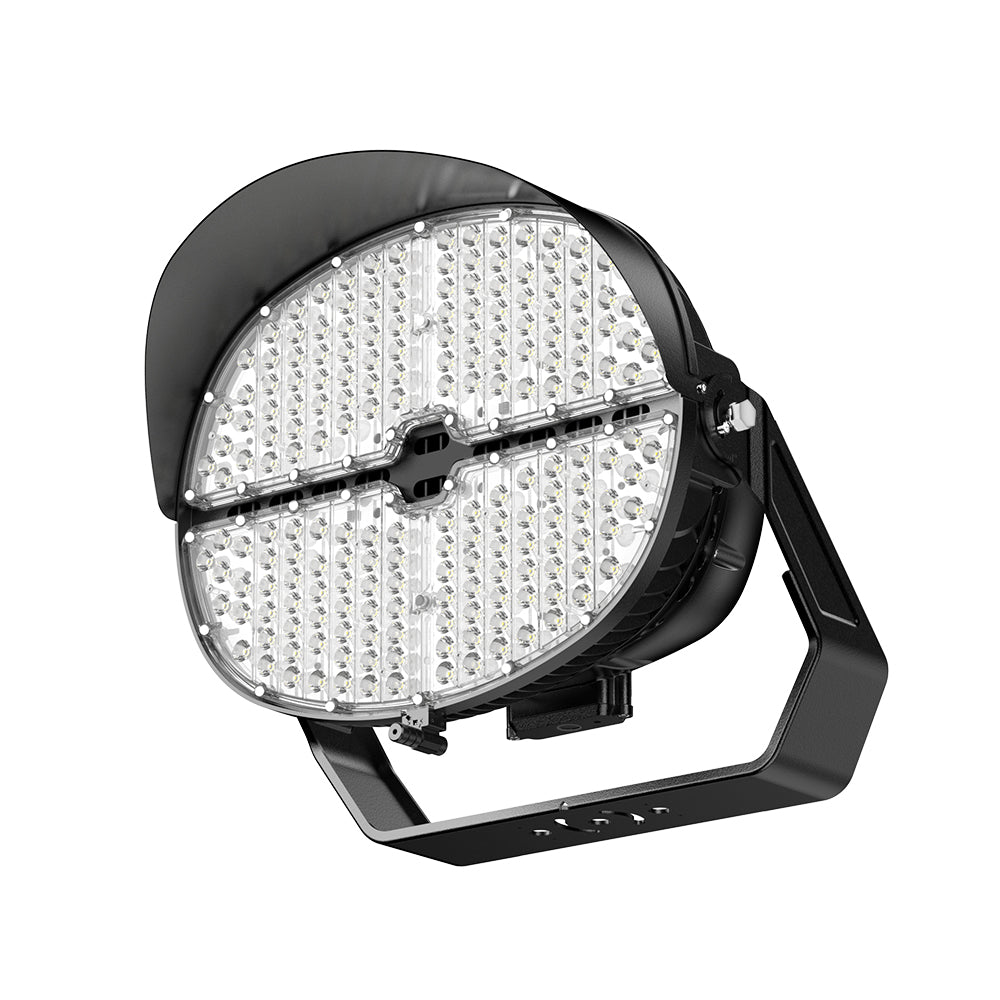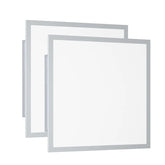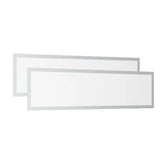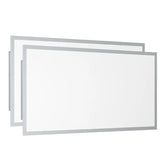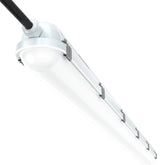-
G GJIA Led Ceiling Panel Light 40W 2FTx2FT 2Pack, 5200lumens, Selectable Wattage & CCT, AC 120-277V
- from $69.99
$89.99- from $69.99
- Unit price
- per
-
G GJIA Led Ceiling Panel Light 40W 1FTx4FT 2Pack, 5200lumens, Selectable Wattage & CCT, AC 120-277V
- from $79.99
$199.99- from $79.99
- Unit price
- per
-
G GJIA Led Ceiling Panel Light 72W 2FTx4FT 2Pack, 9360lumens, Selectable Wattage & CCT, AC 120-277V
- from $109.99
$179.99- from $109.99
- Unit price
- per
-
G GJIA 130W 19,500LM Linear High Bay LED Shop Lights 0-10V Dimmable - UL Listed
- from $48.99
$59.99- from $48.99
- Unit price
- per
-
G GJIA 60W 4FT LED Vapor Light, Vapor Proof Tight Light Fixture, 8700Lm (4 Power/ 5 CCT)
- from $59.99
$66.99- from $59.99
- Unit price
- per
At GGJIA Lighting, we offer a variety of workshop lighting solutions designed to enhance productivity and safety in any workspace. Our range includes UFO high bays for broad, powerful illumination in large areas, American-style disk lights that provide a stylish yet efficient lighting spread, temporary work lights for flexible, targeted illumination, and tripod stand lights that offer adjustable and stable lighting options. Each of these options is engineered to be energy-efficient, dustproof, and durable enough to withstand the rigorous demands of industrial environments, ensuring optimal lighting for every project.
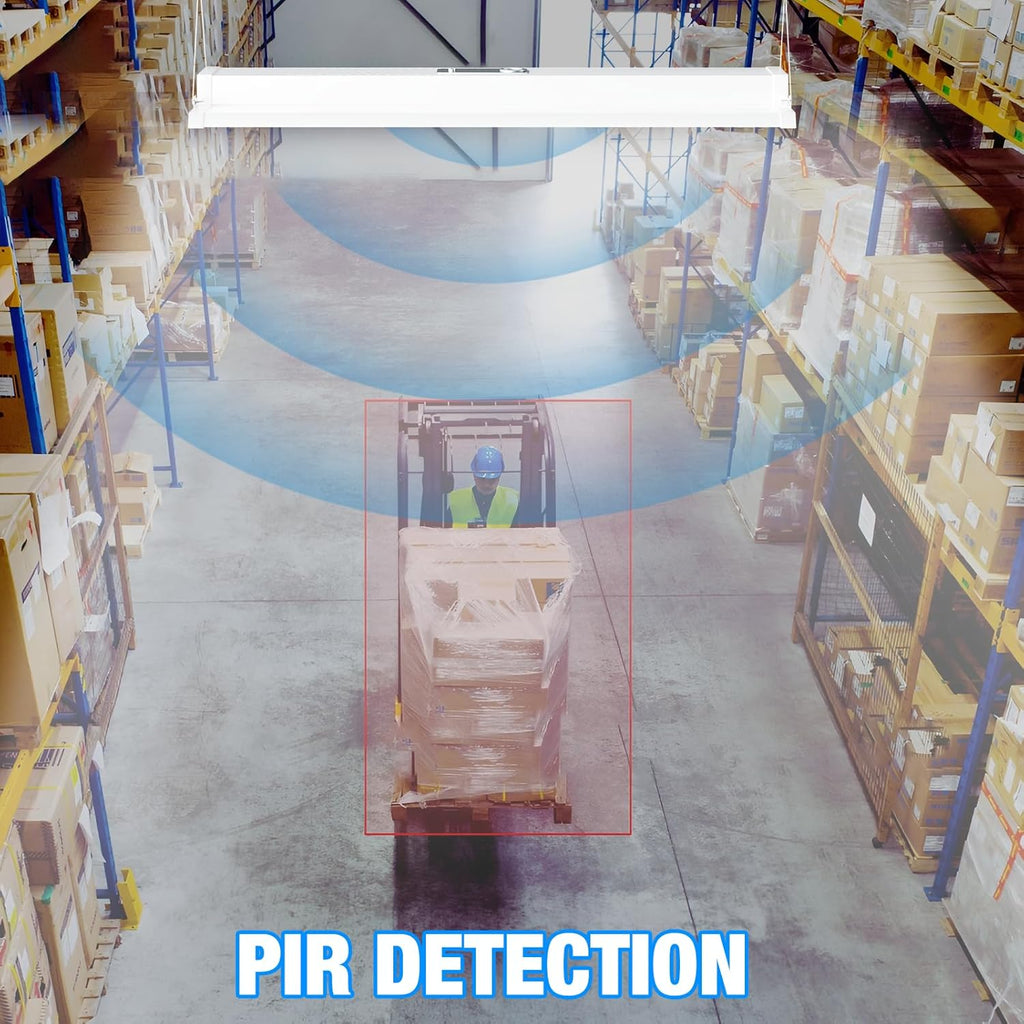
- Choosing a selection results in a full page refresh.
